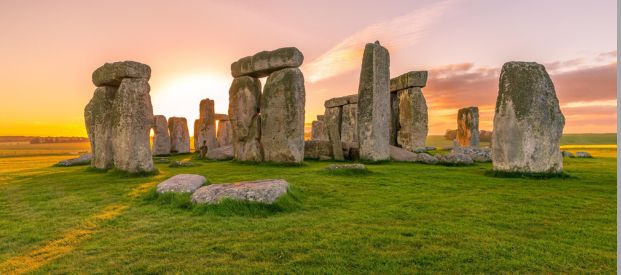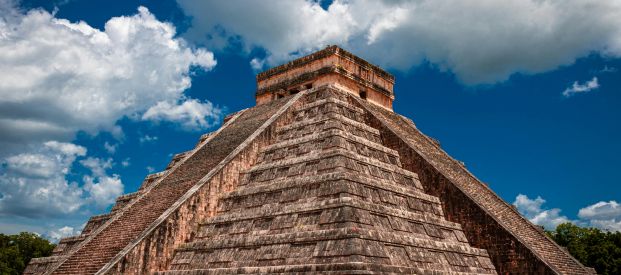What is the Significance of the Autumn Equinox, and How is it Celebrated?
Taking place around 21 to 24 September each year, the autumn equinox marks the moment when day and night are nearly equal, heralding the start of autumn. Derived from the Latin words for “equal” (aequi) and “night” (nox), an equinox occurs twice a year, in the spring and autumn. This celestial event happens when the Earth is positioned directly above the equator and is not tilted towards or away from the sun.
For many, the autumn equinox signifies a time of reflection, as we head into the shorter, darker days, and begin to prepare ourselves for winter. In agricultural communities, the autumn equinox marks the height of the harvest season, when crops are harvested and stored for the winter, and livestock are moved indoors. This is also the time of year when harvest festivals are held, and thanks are given for the season’s crops.
Mabon is the pagan celebration of the autumn equinox, and it is notably commemorated at the ancient stone circle of Stonehenge in Wiltshire, where druids and pagans gather to watch the sunrise. It is a rare occasion, whereby visitors are allowed to be inside the stone circle, and it is commemorated with music, singing and dancing.
The autumn equinox is celebrated around the world in a variety of unique ways across different countries and cultures. For example, in Japan, Higan is a Buddhist festival, and a time of reflection, when people remember their ancestors by visiting their graves. The name “Higan” means “the other shore” and represents the journey of the dead from one world to another. Family members bring offerings of food and flowers, and clean the graves, to honour the memory of their loved ones who have passed.
In Mexico, the autumn equinox is commemorated with the Serpent of Light spectacle at the ancient Mayan city of Chichén Itzá. This event occurs at El Castillo, also known as the Kukulkan pyramid, and occurs when the late afternoon sun casts a shadow along the pyramid that resembles the body of a serpent crawling down its steps. Thousands of visitors gather to witness the event, which is accompanied by music and dancing.
The Mid-Autumn Moon Festival in China is celebrated around the time of the nearest full moon to the autumn equinox. Also known as the Moon Festival, it is a time for family gatherings. Traditionally, people eat mooncakes, which are circular-shaped pastries made with salted egg yolks and filled with lotus seed paste or red bean paste.
In Poland, Dożynki is a harvest festival that is held around the time of the autumn equinox. Thanksgiving ceremonies or masses take place, and a wreath is made from the last sheaf of harvested grain, which is given to a local landowner or parish priest.
From quiet moments of remembrance to joyful celebrations at sunrise, the autumn equinox is a time when communities around the world come together to honour the changing of the seasons. In a busy world, dominated by modern technology, it’s a perfect time for people to rediscover ancient traditions and reconnect with nature. How will you celebrate the autumn equinox this year?











